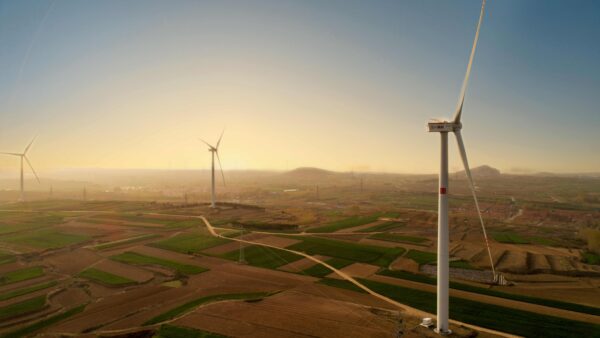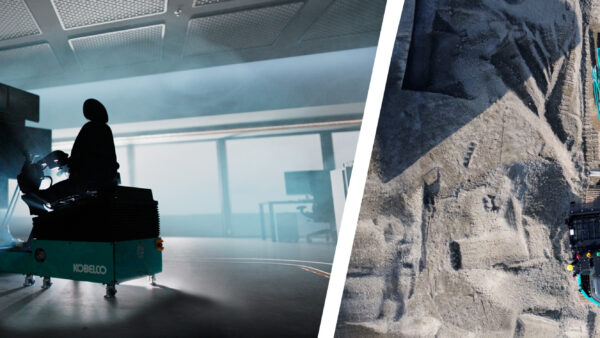An ambitious scheme to build Hong Kong’s deepest and longest subsea road tunnel will be delayed by at least two years due to unforeseen ground conditions, and the contractor, Bouygues, has been sharply criticised for its tardy response to the “complicated technical problems”.
Originally scheduled for completion at the end of 2018, the 4.8km northern section of the Tuen Mun – Chek Lap Kok Link (TM-CLKL) is now predicted to be finished no sooner that 2020 because the discovery of stone columns necessitated a realignment of the tunnel to protect the huge tunnel boring machines (TBMs) deployed.

Map of the planned Tuen Mun – Chek Lap Kok Link. The northern section goes under the sea (Highways Department of Hong Kong)
In a statement on Friday 17 March the Highways Department of Hong Kong revealed the problems and criticised the contractor for having taken “many months” to come up with a feasible plan in response.
Technical difficulties facing the project are putting the construction programme “under high pressure”, the department said.
France’s Bouygues Construction won the $2.3bn (HK$18.2bn) contract to build the subsea link in 2013 through two subsidiaries, Dragages Hong Kong and Bouygues Travaux Publics.
Bouygues is responsible for the design and construction of a pair of subsea tunnels, each 14m in diameter, that together comprise the road link.
The link will go under the South China Sea from Tuen Mun in the north to a new artificial island, housing the Hong Kong Boundary Crossing Facilities (HKBCF), off Hong Kong International Airport.
At the time Bouygues called it the largest design-build contract ever awarded in Hong Kong.
US engineer Aecom is resident engineer on the project.

Precast panels for overhead ventilation duct being installed in January 2017 (Highways Department of Hong Kong)
The main problem according to the Highways Department is that the point at which the tunnels meet the artificial island needs to be lowered by 10 metres in order to avoid “stone columns” that would damage the TBMs.
The tunnel design also needs to change to take account of outward movement at the top of the steel cellular seawall of the artificial island, plus the “more complicated than expected” soil conditions at deeper strata.
The department said it and its consultants have been studying different design amendment schemes with the contractor “over the past year or more” to find the most feasible one.
The contractor recommended one of these schemes, the department said, “in mid-last year”. The department and its consultants then asked the contractor to submit details of this recommended amendment scheme “as soon as possible”.
“However, after many months, the contractor was still unable to submit a technically feasible and cost-effective design amendment scheme,” the department said.
The department issued an instruction to the contractor in early November last year, it said, requiring it to submit a “reasonable design amendment scheme based on the consultants’ latest study results”.
“However,” the department continued, “after repeated urging the contractor only recently submitted a crude amendment scheme with unreasonably high construction costs.”

View of the interior of the southbound tunnel in November 2016 (Highways Department of Hong Kong)
It went on: “In this connection, the [department] and the consultants have carried out many rounds of discussion with the contractor, hoping that the contractor could address the matter in a co-operative manner, so as to achieve a tunnel design amendment scheme that is most cost-effective and complies with the contract requirements as early as possible, thus enabling the continued progress and early completion of the works concerned.”
As it stands the TBMs are due to reach the artificial island in April, the department said. With the design amendment still not completed, the TBMs will be sitting idle for a period of time.
The department said it and the consultants are working with the contractor to find ways of finishing the tunnel design amendment to allow tunnelling to proceed.
Based on a preliminary assessment, however, the department said, “if the contractor is fully co-operative and can complete a reasonable design amendment in a timely manner and expeditiously catch up with the work progress”, it and the consultants believe they can “strive” to complete the tunnel works at the end of 2019 “at the earliest”, and all work on the link in 2020.
Top image: TBM tunnel breakthrough under water in November 2015 (Dragages Hong Kong)










